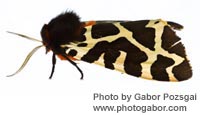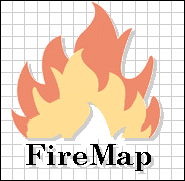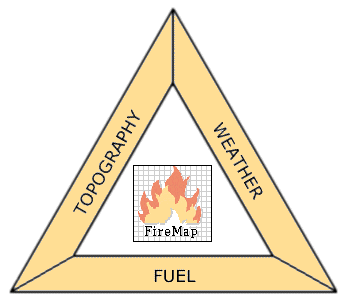 This page has been mothballed.
This page has been mothballed.
It is no longer being updated but we've left it here for reference.
|
3. Fire Risk Mapping |
| To evaluate fire propagation risk, we implemented Rothermelīs model 1972, 1983) in a spatial form within a piece of software named FireMap. With this tool fire risk maps are produced and used for testing different fuel management strategies and changing wheather scenarios. |
| The calculations of fire characteristics are done using Rothermelīs fire behaviour model (Rothermel, 1972, 1983). This is a semi-empirical model that quantifies the relation between heat source and heat sink and translates this relation into a set of fire behaviour parameters. These parameters are scalars corresponding to one homogeneous terrain unit. In FireMap, Rothermelīs model is implemented in a spatial form so that fire characteristics are calculated for each cell unit and fire risk digital maps are produced in a raster format for extensive heterogeneous conditions. |

What is FireMap?
|
How is it implemented?
|
What are the limitations?
|
Three major types of data are required for the fire risk calculation: |

|
A tabular database containing the following variables:
|
|
All outputs are produced in the form of maps showing the spatial distribution of the various fire characteristics.
|
| Fire propagation risk is not static, it is dependent on cumulative weather and fuel conditions. Therefore the production of fire risk maps should be able to account for changing situations. FireMap is designed to fulfill these requirements allowing the user to interactively test different likely scenarios, permiting the generation of a set of fire risk maps for decision support in an operational framework. Click here to see the fire risk maps associated with the regional fuel map. |
Testing of alternative vegetation management strategies for minimizing riskFire propagation is determined by three main factors: Topography, Fuel and Weather conditions. The only factor that can be subjected to human intervention is fuel. Fuel can be manipulated by directly altering naturally occuring vegetation loadings and spatial arrangement. Fuel loadings can also be reduced by a long-term management of the tree stands implying a control of the amount of radiation reaching the understory and periodic removal of woody material. To decide on the addequate degree of intervention we must be able to evaluate the results of alternative vegetation management actions. FireMap can be used as a tool for this purpose enabling a subsequent cost/beneffit analysis. For demonstration purposes we test three different intervention types for a study site in central Portugal:
|